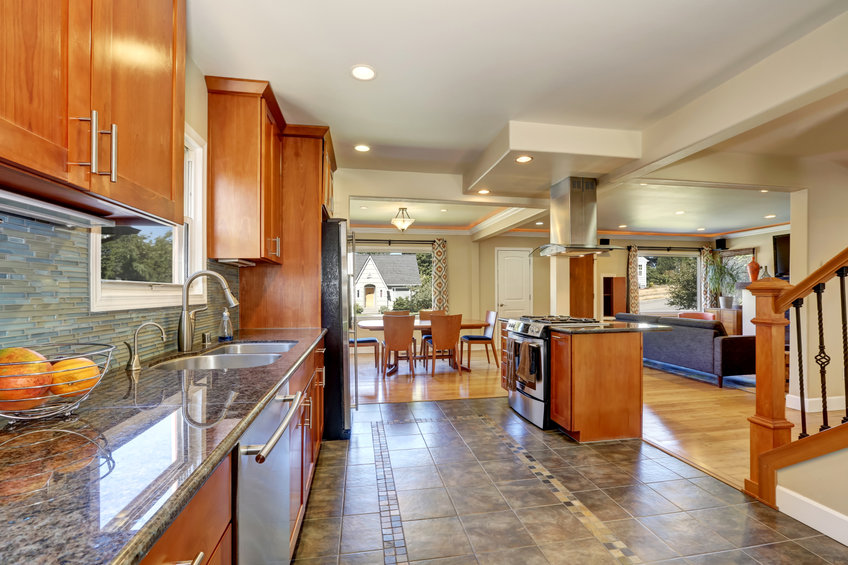Rigid or Semi-Rigid?
You can choose from a flexible duct, semi-rigid duct, or rigid duct. Flexible ducts are not appropriate for kitchen hoods. They are a poor investment because they are made using cheap materials, they’re flimsy and frail. Additionally, flexible ducts are difficult to maintain.
A semi-rigid duct offers more durability than a flexible duct. However, the best ducting for your kitchen hood is rigid. It’s the most durable option because higher quality materials are used to produce them.

Your kitchen hood should last at least ten years and in that time it should require minimal repairs as there shouldn’t be too many issues. You might have a light bulb go out or perhaps experience a control panel issue. However, rigid ducts will remain intact. If you opt for flexible or semi-rigid then you can run into problems within months. As far as safe and cost-effective options go, rigid ducts are the right choice regardless of how often you cook.
Which Trade Will Handle This Project?
The simplest answer to your question is this – if you are in a residential setting, then the trade most likely to install rigid duct-to-vent kitchen hoods is an HVAC contractor or a plumber. However, generally, the company that sold you the hood would also handle the installation process. If you are in a commercial situation, then it might not be as simple. An HVAC contractor can handle this task, but a fire suppression company tends to work alongside them.
Rigid ductwork can be cylindrical or rectangular and is a solid material that is insulation-wrapped. It is known for its reliable, enduring nature which is why it is typically more expensive than other ductwork options. While it will cost you, what you get in exchange is peace and quiet. When air is rushing through rigid ductwork you won’t know anything about it because it is much quieter than the alternatives.
Where Does The Vent Go?
The purpose of ductwork is to carry odors, dirt, grease, and chemicals out of your kitchen. So, you don’t want to vent it into the attic or anywhere else other than outside of your home. If this is an issue for the layout of your home, then you might want to consider a ductless kitchen hood instead. Venting a kitchen hood into the attic will allow all of those odors, chemicals, and dirt to accumulate in the attic space which isn’t just harmful to your home, but can also be dangerous to your health.
Rigid ducting is the most durable and it keeps noise to a minimum, but it’s important to remember that the more powerful your kitchen hood is the larger the ducting size will be required.
The venting will also depend on the style and location of your hood. For example, if your hood is wall or under cabinet mounted then it can be vented either vertically or horizontally. However, you can only vent an island hood vertically.
While there is no best method for venting a range hood, it’s important to ensure there is enough space for said ducting before you begin the installation. There is best practice in terms of elbows, the fewer the elbows the better the installation. You want your ducting to work efficiently and air will flow quicker and easier with a straight path. So, the best practice is that ducting should have three elbows at most. The elbows that you do have should be spaced at least 18 inches apart. Failure to adhere to this advice will result in back-drafting, which is when the air is pulled back into the kitchen from the hood.
While installing rigid ducting to vent your kitchen hood is technically a job you could DIY, it is always wise to enlist the proper trade. In this case, hiring an HVAC contractor or plumber to handle the job will ensure that your ducting works as hard for you as it possibly can. If you’re going to opt for a larger investment, then you should choose a professional to handle the job to ensure you get the most for your money.
